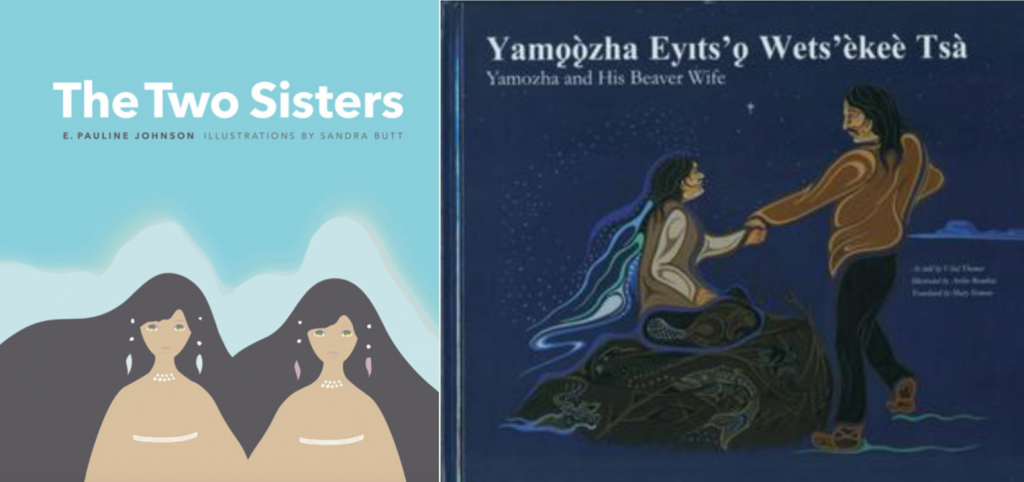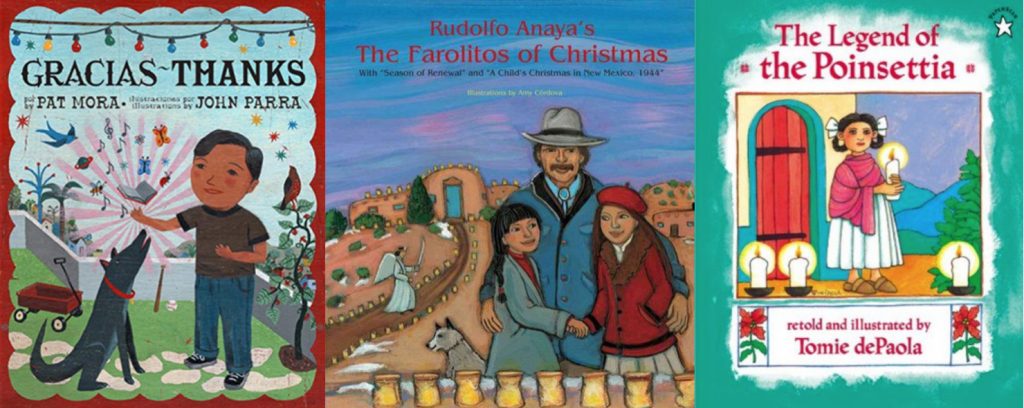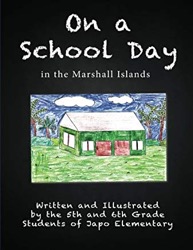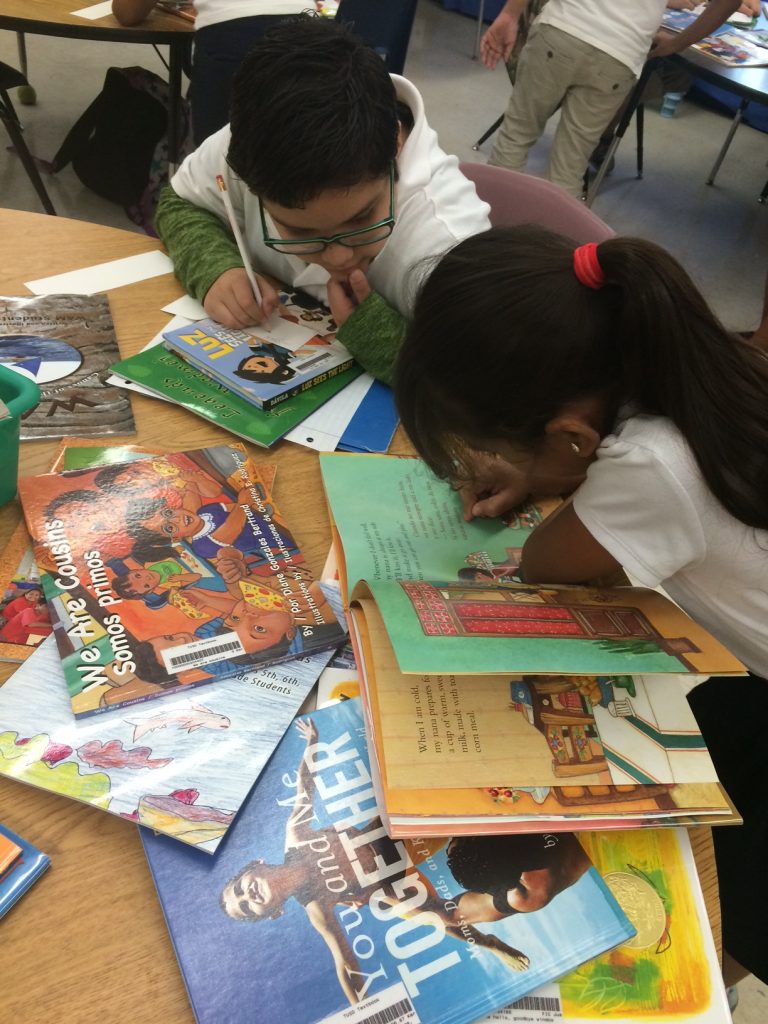By Angeline P. Hoffman, White Mountain Apache
In North American Indigenous children’s literature, storytelling is characterized by focusing on origin, cultural identity and traditional knowledge systems. Origin is often explained with the aide of animal characters, but these are not the only types of stories to use animals. Animals are also used to explain dilemmas when it comes to ethical and moral decisions. As originally told by the elders, these stories are embraced by members of the community as our way of knowing and being. Narratives are transmitted orally and by physical expression (body language, facial expressions, gestures, ect.) through songs, chants, ceremony, dance and ritualized storytelling.
 Continue reading →
Continue reading →








